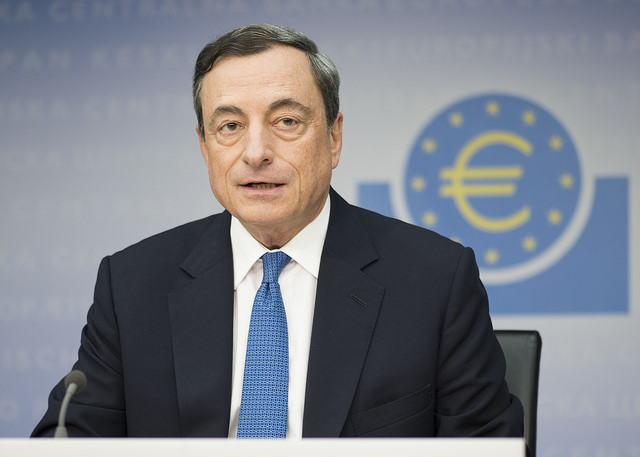A recent post noted that the oil price has fallen by more than 30% over six months on five previous occasions since World War Two. The global economy was stronger a year after these drops: the six-month increase in industrial output was higher than its starting level in all five cases, said Simon Ward, economist in financial markets at Henderson Global Investors.
Three of the five oil price falls (1991, 2001 and 2008) were associated with US/global recessions, he explains. A fourth (1998) reflected the Asian economic crisis. The 1986 decline bears the closest resemblance to today. It was partly the result of a mid-cycle global economic slowdown but the more important drivers were a large rise in non-OPEC supply and a structural reduction in demand due to energy conservation in response to a sustained high price in the early 1980s.
The first chart, writes Ward in his last article, overlays the path of spot Brent in the mid 1980s on its recent movement, with the 1980s price rescaled by multiplying it by four. Based on the earlier episode, Brent could bottom at below $40 during the first quarter before recovering to $70-80 by end-2015.
The recovery could be stronger if non-OPEC supply is more price elastic than in the 1980s, as some analysts contend.
The oil price bottomed in July 1986. G7 industrial output growth embarked on a strong recovery soon after, reaching a boom level by late 1987, highlights Ward.
G7 consumer price inflation fell sharply in 1986 but retraced most of this decline in 1987.
Falling US inflation contributed to the Federal Reserve cutting its target Fed funds rate by 2.125 percentage points between December 1985 and August 1986. The Fed, however, reversed course in December 1986 and was forced to tighten aggressively in 1987 as the economy boomed. Longer-term Treasury yields bottomed in April 1986 ahead of the oil price, moving sideways over the remainder of the year before rising sharply from March 1987.
The relevant comparison today may be with the Eurozone. “ECB President Draghi is using a temporary fall in headline consumer prices to push through further easing despite monetary trends and leading indicators suggesting improving economic prospects, with Germany already at full employment. In 1986, the Fed started to raise rates only four months after its final cut. The QE could find ECB opponents that may have strong grounds for calling for a suspension later in 2015″, concludes Henderson’s economist.





 For Fórmate a Fondo
For Fórmate a Fondo